Stem cells are the foundation from which all parts of the human body grow.
Learn more about how stem cells are being used to treat & understand a number of diseases and conditions!
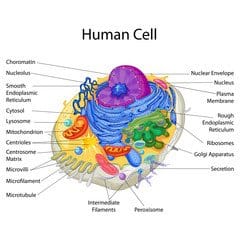
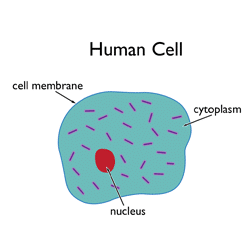
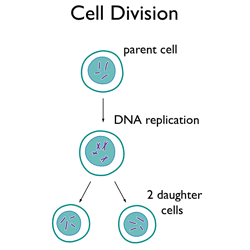
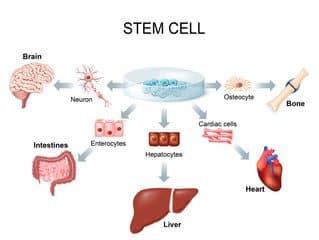
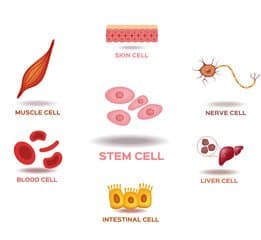
Stem Cell Therapy
Cells in the human body -
The human body comprises more than 200 types of cells, and every one of these cell types arises from the zygote, the single cell that forms when an egg is fertilized by a sperm. Within a few days, that single cell divides over and over again until it forms a blastocyst, a hollow ball of 150 to 200 cells that give rise to every single cell type a human body needs to survive, including the umbilical cord and the placenta that nourishes the developing fetus.
Basic cell biology -
Each cell type has its own size and structure appropriate for its job. Skin cells, for example, are small and compact, while nerve cells that enable you to wiggle your toes have long, branching nerve fibers called axons that conduct electrical impulses.
Cells with similar functionality form tissues, and tissues organize to form organs. Each cell has its own job within the tissue in which it is found, and all of the cells in a tissue and organ work together to make sure the organ functions properly.
Regardless of their size or structure, all human cells start with these things in common:
- A nucleus that contains DNA, the genetic library for the entire body. Different cells read and carry out different instructions from the DNA, depending on what those cells are designed to do. Your DNA determines virtually everything about your body, from the color of your eyes to your blood type and even how susceptible you are to certain diseases. Some diseases and conditions, such as color blindness, also are passed down through DNA.
- Cytoplasm – the liquid outside the nucleus. The cytoplasm contains various components that make the materials that the cell needs to do its job.
- The cell membrane – the surface of the cell, a complex structure that sends and receives signals from other cells and lets material in and out of the cell. Cells have to be able to communicate to work together in tissues and organs.
Most cells divide. Shortly before division, the DNA replicates and then the cell divides into two daughter cells. Each has a complete copy of the original cell’s DNA, cytoplasm and cell membrane.
About Stem Cells
Stem cells are the foundation of development in plants, animals and humans. In humans, there are many different types of stem cells that come from different places in the body or are formed at different times in our lives.
These include embryonic stem cells that exist only at the earliest stages of development and various types of tissue-specific (or adult) stem cells that appear during fetal development and remain in our bodies throughout life.
Stem cells are defined by two characteristics:
- They can make copies of themselves, or self-renew
- They can differentiate, or develop, into more specialized cells
Beyond these two things, though, stem cells differ a great deal in their behaviors and capabilities.
Embryonic stem cells are pluripotent, meaning they can generate all of the body’s cell types but cannot generate support structures like the placenta and umbilical cord.
Other cells are multipotent, meaning they can generate a few different cell types, generally in a specific tissue or organ.
As the body develops and ages, the number and type of stem cells changes. Totipotent cells are no longer present after dividing into the cells that generate the placenta and umbilical cord. Pluripotent cells give rise to the specialized cells that make up the body’s organs and tissues. The stem cells that stay in your body throughout your life are tissue-specific, and there is evidence that these cells change as you age, too – your skin stem cells at age 20 won’t be exactly the same as your skin stem cells at age 80.
Content Credit Provided By: https://www.closerlookatstemcells.org
Stem Cell Therapy is Often Used for and a Great Treatment Option for the Following:
Underlying Factors May Also Contribute to Current & Future Health Conditions:
Spinal cord injury
Diabetes
Heart disease
Parkinson's disease
Lou Gehrig's disease
Alzheimer's disease
Lung diseases
Arthritis
Sickle Cell Anemia
*We are one of the only offices in the Lubbock Area and in West Texas that is offering Stem Cell Therapies. Get in contact with our office to see if you're a candidate!
Different Types of Stem Cells
Stem cells are the foundation for every organ and tissue in your body. There are many different types of stem cells that come from different places in the body or are formed at different times in our lives. These include embryonic stem cells that exist only at the earliest stages of development and various types of tissue-specific (or adult) stem cells that appear during fetal development and remain in our bodies throughout life.
All stem cells can self-renew (make copies of themselves) and differentiate (develop into more specialized cells). Beyond these two critical abilities, though, stem cells vary widely in what they can and cannot do and in the circumstances under which they can and cannot do certain things. This is one of the reasons researchers use all types of stem cells in their investigations.
Is this treatment FDA approved?
Stem cell therapies, and the field of regenerative medicine to which they belong, represent some of the most exciting and promising scientific advancements and medical breakthroughs of the last 20 years.
The newest FDA guidelines state that “stem cell-derived products that are minimally altered and are used for the same purpose in both donor and host do not need premarket approval and are subject only to regulations that prevent the transmission of communicable diseases.
Essentially, the FDA is giving a nod to stem cell therapies that pose extremely low thresholds of risk while encouraging biotech firms (both big and small) and research institutions who are attempting to innovate more complex (and potentially risky) advances in stem cell therapies to engage with them early in their research efforts. Thus, allowing the FDA to offer support with a trial so long as it falls within regulatory guidelines.
Stem Cell Glossary - Terms To Know
Stem cell science involves many technical terms. This glossary covers many of the common terms you will encounter in reading about stem cells.
- Adult stem cells
- Autologous
- Basic research
- Blastocyst
- Bone marrow stromal cells
- Cardiomyocytes
- Clinical translation
- Clinical trial
- Cord blood
- Cytoplasm
- Differentiation
- Drug discovery
- Drug screening
- Embryo
- Embryonic stem cells
- Fibroblast
- Glucose
- Hematopoietic
- Immunomodulatory
- Induced pluripotent stem cells (iPS cells)
Glossary provided by: https://www.closerlookatstemcells.org/patient-resources/stem-cell-glossary - For Additional Terms and information please visit the link above.
"Dr. Stephen Dalton, DO."
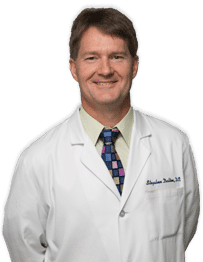
At LIMA Lubbock we uses a series of questioners and testing along with state of the art technology to identify the Source not the Symptom. Many times their are underlining issues that are contributing to our health problems. With a customized plan compiled directly from your test results, exam and questionnaires, Stem Cell Therapy can improve many diseases, health conditions or problems when you think that all your options have been exhausted. SCT can lead to a better quality of life! Fill in the request below to see if your a good candidate for stem cell therapy!
![LIMA final[2553]](https://www.limalubbock.com/wp-content/uploads/2023/07/LIMA_final2553.png)
